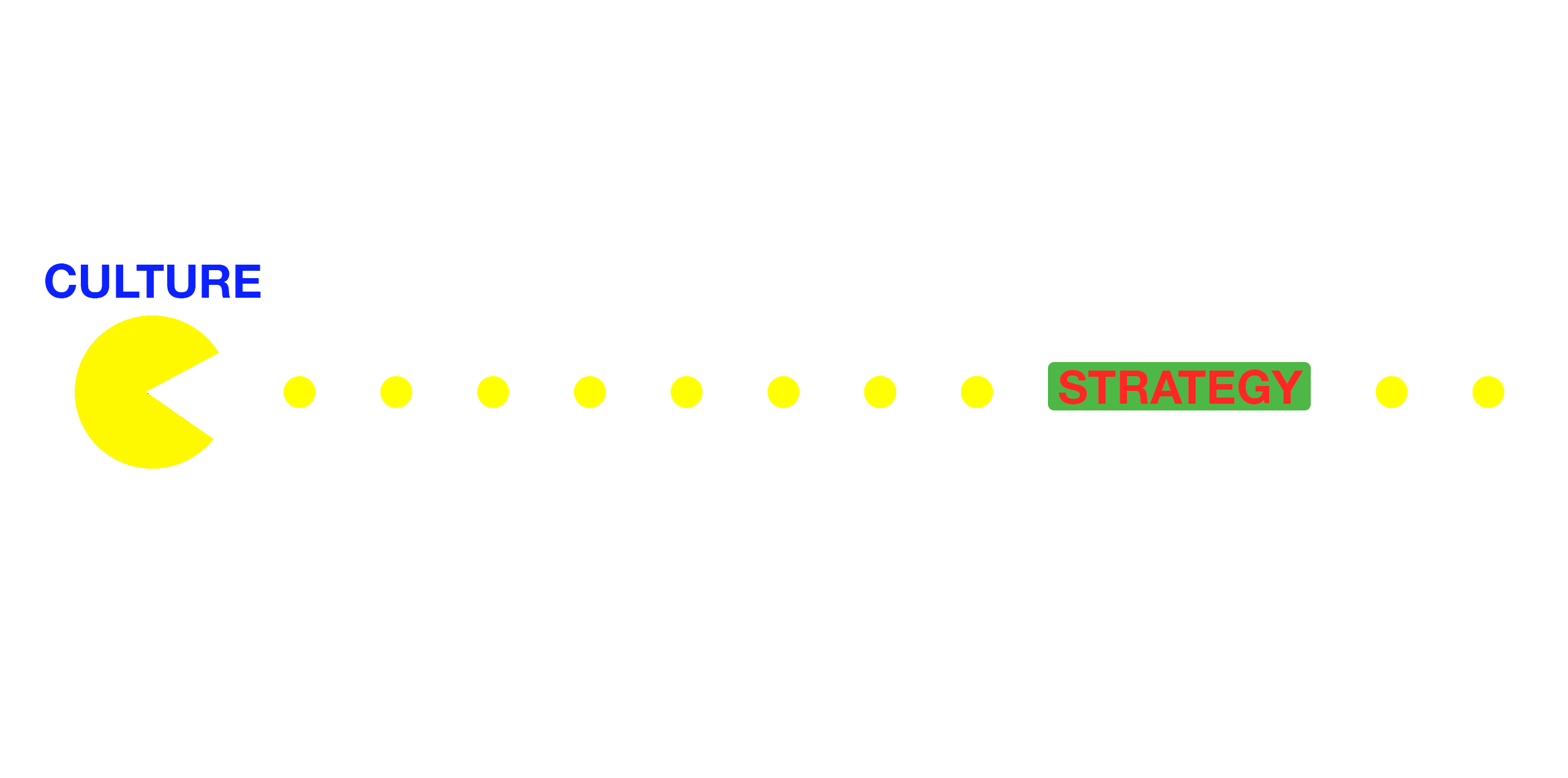CULTURE

Culture is the most important yet underestimated term in Design leadership. In the lecture we talked about what Peter Brucker said “Culture eats strategy like breakfast” as to underline that there is nothing more valuable than having a solid culture in an organisation.
As stated by Ryan Jenkins, leaders who build a comprehensive culture for their teams see a 17% increase in performance, 20% increase in decision making and a 29% increase in collaboration. (Jenkins, 2018)
In addition to that, even though culture is built by the main leaders of a company, I believe that it can transform and adapt with changes in the way we think about leadership and with new and young employees coming on board and giving different perspectives to the work environment.
Below are 4 generally accepted cultural qualities based on theories by Boris Groysberg, Jeremiah Lee, Jesse Prince and J.Yo-Jud Cheng.

(Groysberg, et al., 2018)
Thinking about the 4 qualities and the group work I am experiencing now, our group definitively shared ideas and had some sort of collective behaviour. During the collaboration unit, we decided to create some ground rules so as we could build a sort of culture within the duration of the project. It was a very good idea as we created them together and could build up our team culture as we progressed with the project. Along with that we had a workshop about collaboration where we explored how to strengthen a collective intelligence and how culture is interlinked with it.
My approach toward culture will be much more focused and I will be actively aware of it. I believe that every organisation has a culture, however, sometimes it is necessary to identify it with everyone in the workplace and include shared perceptions, group norms, espoused values, and consensus around goals and objectives.
From personal experience I have seen a company work hard in what they do but most of the employees did not like to work in that environment and I believe the reason was because there were not any cultural principles across the teams.
The company tried to improve the relationship with the team by hiring an external consultant who would talk about inclusion, culture and the company’s goals, nevertheless culture is a product of years of learning and experience, not something you “implement.” (Duncan, 2018) as I experienced, if you want to make everyone understand and be part of a company’s culture, the only person who can deliver this has to be the Leader in the company as if the leader does not show such engagement with it, no one would follow his/her ideas.
This is a lesson I learnt form experience, and from this lecture I have reinforced my understanding of it, so as I mentioned before, in my future workplace experience I will always try to understand the culture of a company and if I would have a leading position, I will make sure to make everyone in the team understand the culture of the company we work for since the very beginning of my journey.
REFERENCES
Duncan, R. D. (2018) Culture, Leadership, Performance: How Are They Linked? Available at: https://www.forbes.com/sites/rodgerdeanduncan/2018/10/30/culture-leadership-performance-how-are-they-linked/#7d989c785e44 (Accessed: 6 March 2020).
Groysberg, B. et al. (2018) The Culture Factor. Available at: https://hbr.org/2018/01/the-culture-factor (Accessed: 6 March 2020).
Jenkins, R. (2018) How to Be an Inclusive Leader in 6 Steps | Inc.com. Available at: https://www.inc.com/ryan-jenkins/how-to-be-an-inclusive-leader-in-6-steps.html (Accessed: 6 March 2020).
y of its products. (Accessed: 6 March 2020).
